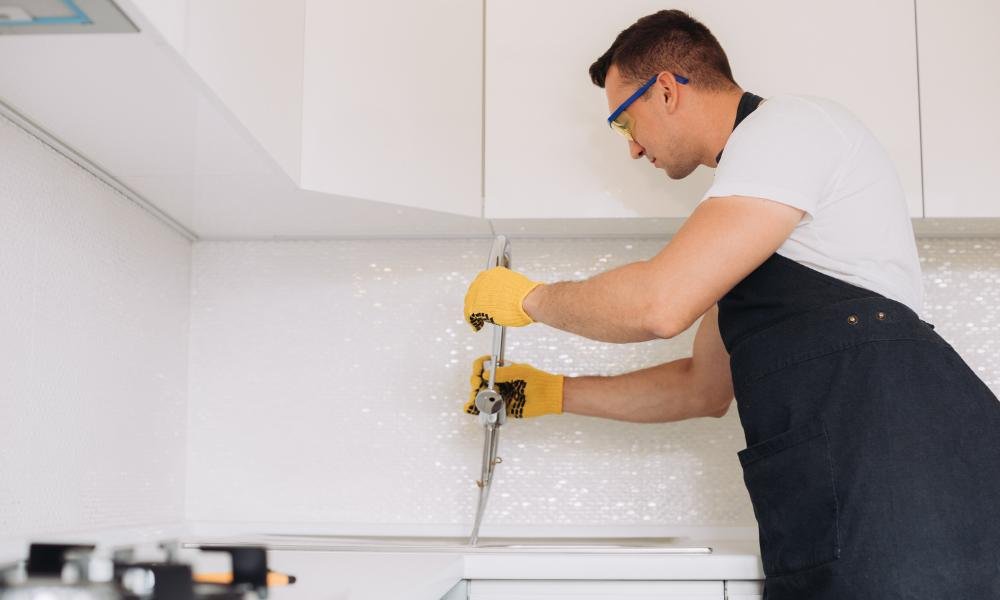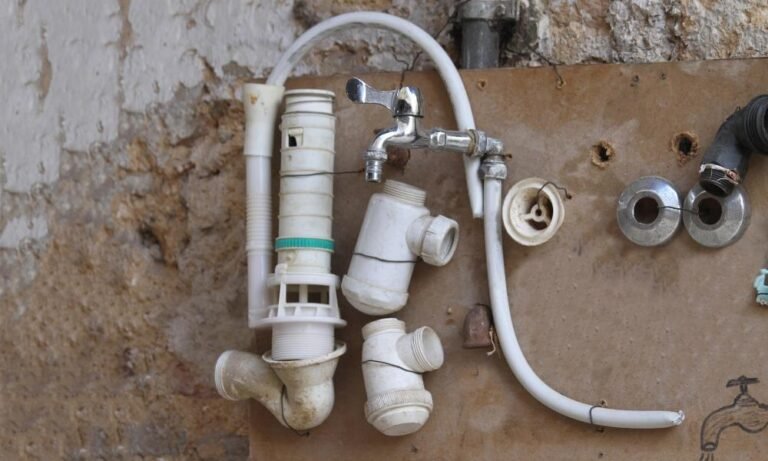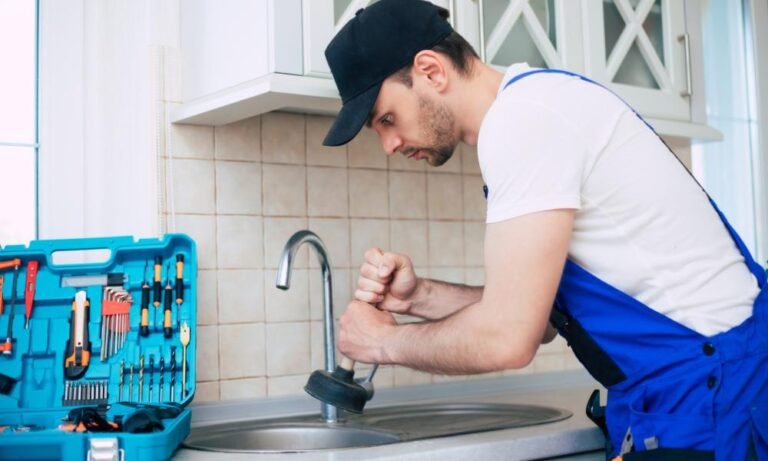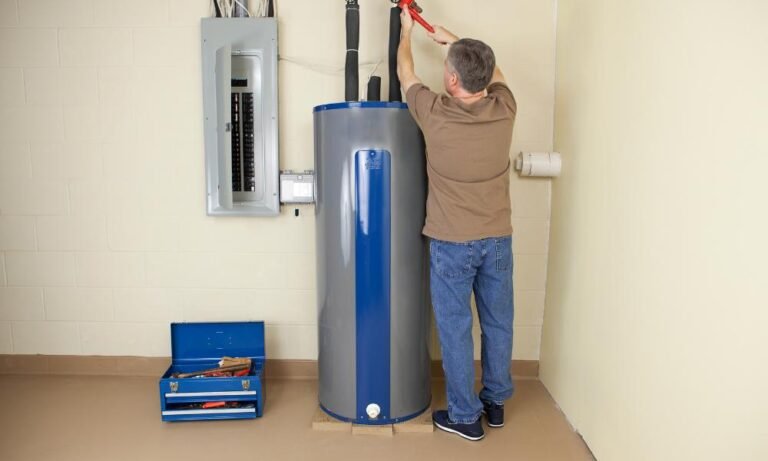Estimated reading time: 5 minutes
Keeping your plumbing in tip-top shape isn’t just about avoiding that dreaded burst pipe at 2 a.m. (although that’s motivation enough). Proper maintenance saves money, conserves water, and helps you steer clear of messy, expensive repairs. Based on my experience and a few tried-and-true tips, let’s dive into how you can keep your plumbing system running smoothly without breaking the bank.
What You’ll Learn in This Guide:
- How to spot leaks before they become disasters.
- Easy DIY maintenance tips for faucets, pipes, and drains.
- Proactive strategies to extend your plumbing system’s lifespan.
- When it’s time to put down the wrench and call a professional.
Inspect for Leaks Like a Pro
Leaks are sneaky. They start small, but if ignored, they’ll lead to water damage and higher utility bills. Inspect areas under sinks, behind toilets, and near appliances for signs of dampness or puddles. Notice your water bill creeping up? That could signal a hidden leak.
Quick Tip: For hidden leaks, check your water meter. Turn off all water sources and watch the meter. If it moves, you’ve got a problem.
Fix Leaks Fast
Even the smallest drip can waste thousands of gallons of water annually. That’s not just bad for the planet—it’s bad for your wallet. Whether it’s a leaky faucet or a running toilet, don’t procrastinate. Replace worn-out washers or faulty components as soon as you notice them.
Fun Fact: One drip per second wastes over 3,000 gallons of water a year. That’s enough to fill a small swimming pool—and let’s face it, no one wants a pool under their sink.
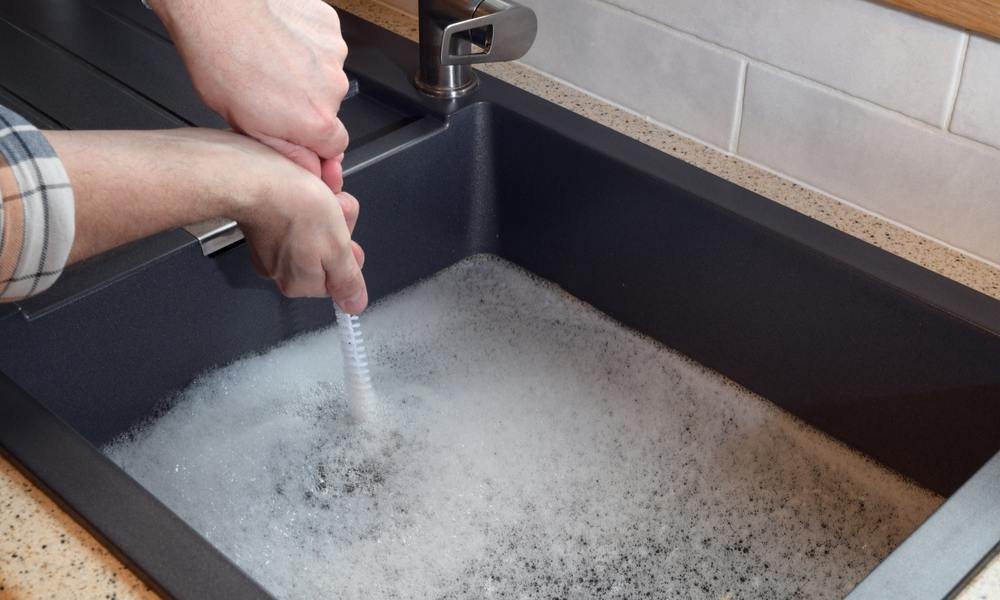
Clean Your Drains—The Right Way
Clogged drains aren’t just annoying; they can also lead to major plumbing issues. Use strainers to catch hair and debris, and avoid dumping grease or fibrous foods down the drain. If a clog does form, skip the harsh chemicals—they can damage pipes. Instead, use a plunger or a drain snake.
DIY Drain Cleaner Recipe: Mix baking soda and vinegar for a natural, effective solution. Pour it down the drain, let it sit for 30 minutes, then flush with hot water.
Keep an Eye on Water Pressure
Too much water pressure can strain your pipes, while too little can be equally frustrating. Use a pressure gauge to ensure your system operates within the recommended range (40–60 psi). Extreme fluctuations may signal a larger problem that requires professional attention.
Quick Fix: If your pressure is too high, install a pressure regulator. It’s a small investment that protects your entire plumbing system.
Flush Your Water Heater Annually
Sediment buildup in your water heater reduces efficiency and can lead to costly repairs. Flushing the tank once a year removes this buildup and keeps hot water flowing efficiently. It’s an easy DIY task—just attach a garden hose to the drain valve, let the water flow out, and refill the tank.
Safety Note: Always set your water heater temperature to 120°F to prevent scalding and improve energy efficiency.
Insulate Your Pipes Before Winter
Frozen pipes are a disaster waiting to happen. When water freezes, it expands, often causing pipes to burst. Insulate exposed pipes in crawl spaces, basements, or attics to prevent freezing. Foam pipe insulation is inexpensive and easy to install.
Pro Tip: On especially cold nights, let faucets drip slightly to keep water flowing and reduce freezing risk.
Don’t Forget Your Sewer Drains
Your sewer lines might be out of sight, but they shouldn’t be out of mind. Tree roots, blockages, or old age can wreak havoc on these critical pipes. Schedule a professional inspection every six months to catch issues early.
Why It Matters: Fixing a clogged sewer drain is a lot cheaper than replacing a damaged line.
Proper Drain Use: Think Before You Flush
Your toilet isn’t a trash can. Only flush toilet paper and waste—everything else can clog pipes and lead to backups. The same rule applies to sinks and showers. Coffee grounds, grease, hair, and fibrous foods like celery are plumbing nightmares waiting to happen.
Rule of Thumb: If it’s not water or biodegradable, it doesn’t belong in your pipes.
Regularly Check Caulking Around Fixtures
Gaps between your tub, sink, or toilet and the wall can lead to water seepage over time. Reapply caulk as needed to maintain a waterproof seal and prevent structural damage.
Bonus Benefit: Fresh caulk also improves the appearance of your fixtures.
Know When to Call a Pro
Some jobs are just too big (or messy) for DIY. If you notice persistent issues like low water pressure, discolored water, or strange noises coming from your pipes, it’s time to call in a professional. Don’t wait—early intervention saves money and stress.
Why Maintenance Matters
A little effort now prevents big problems later. By following these tips, you can avoid most common plumbing headaches, save money, and keep your home running smoothly.
One Final Thought
Treat plumbing maintenance like a dental checkup—it might not be exciting, but skipping it will cost you in the long run.
